56 F. high in the Twin Cities Wednesday.
68 F. average high on May 11.
55 F. high on May 11, 2015.
.14" rain fell Wednesday at MSP.
.19" rain predicted on Friday in the Twin Cities (00z NAM model).
May 12, 1922:
A strong cold front moves through western Minnesota, replacing shorts
with sweaters at Morris. The temperature dropped from 91 to 26 on this
date.
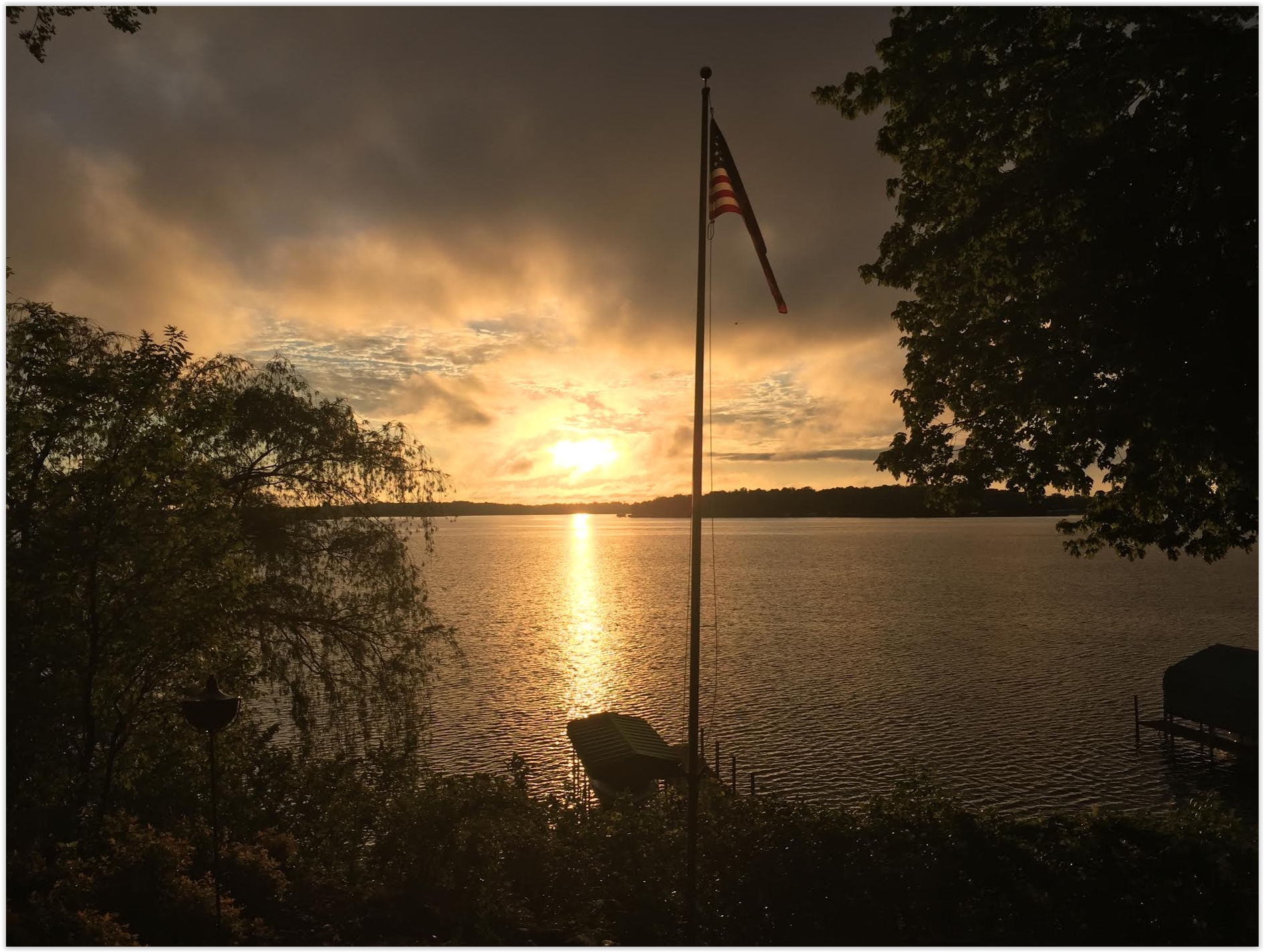 Frost and Flurries Up North for Fishing Opener?
Frost and Flurries Up North for Fishing Opener?
"The fishing was good; it was the catching that was bad" wrote A.K. Best. Story of my life.
Saturday's
weather for the 2016 Minnesota Fishing Opener will be an acquired taste
- a chilling breeze capable of separating the men from the boys.
At
least Minnesota's lakes aren't ice-covered this year. That was the case
for northern Minnesota as recently as 2013 and 2014. Minnesota climate
data shows that two thirds of opening days have been dry; a coating of
flurries last observed over far northern lakes as recently as 2000 and
2009.
I'm happy to report heat exhaustion and sunburn won't be major issues this year: sprinkles and flurries are possible up north
Saturday
morning; temperatures in the 30s with an early chill factor in the 20s.
Parkas optional, but a couple extra layers will come in handy.
Daytime
highs this weekend reach the 40s north; 50s southern lakes. No heavy
widespread rain (or snow) but it may look more like October than May out
there.
Spring stages a comeback next week with highs in the 60s; GFS models hinting at 80s the last week of May.
That would be nice.
Cold Enough for Flurries?
4 KM NAM guidance from NOAA hints at a little slush near Alexandria
Friday night as temperatures aloft cool rapidly. Don't be shocked if you
see a few flakes out there Friday night and early Saturday, mainly
central and northern Minnesota. Insert deep sigh here. Map:
AerisWeather.
Heavy Jacket Weather.
Our model ensemble shows 6 am Saturday temperatures near Gull and
Pelican in the low 30s with a chill factor in the 20s. Maybe it'll keep
the bugs away. Source: Aeris Enterprise.
Spring Returns Next Week.
ECMWF (European) model guidance shows temperatures bottoming out
Saturday, recovering into the 60s next week - maybe low 70s by next
Friday? Graphic: WeatherBell.
A Late May Spring Rally.
After one more chilly relapse this weekend temperatures are forecast to
reach the 70s the following weekend; the sun too high in the sky for it
to stay too cool for too long.
The Minnesota Governor’s Fishing Opener,
being held in the coming year on Big Sandy Lake in McGregor, has been a
tradition in Minnesota since 1948. It was designed to improve
Minnesota’s economy through the development and promotion of the state’s
recreational opportunities, especially fishing. The first opener was a
cooperative promotion between the state’s resort industry, media, and
public officials. Today, the emphasis is even broader. It celebrates the
kickoff of the summer tourism season. The special partnership continues
today with a promotional focus on a host community as well as
recreational opportunities statewide." More details
here.
Wondering What The Fish Are Doing? The Minnesota DNR takes a look and helps to set expectations.
Ouch.
Proving that Minnesota is a big, diverse state with big, diverse
weather, I received the following note from a reader in Worthington who
points out weather for extreme southwestern Minnesota bears little
resemblance to what the rest of the state is experiencing right now.
Kevin Busch writes: "
Wow, you are certainly out of touch with SW
Minnesota (Worthington) area. I have had over 6 inches of rain since
April 18th. We are flooding down here! Did you know that? Anyway, we
can't get our crops planted and the few that did get planted the middle
of April are having to be ripped up again because the waterlogged cold
soils didn't allow for the crops to come up. t has just been a plain
awful Spring down here. And this weeks cold and especially WET weather
is just what we do not need. We need hot and dry, and soon. And as far
as a mild, snow-free Winter...... Check your records for the snowfall
amount for the Winter in Worthington. Somewhere near 80 inches or so?
Here in this part of the country we would welcome some "global warming".
Just thought I'd let you know what it's like out here in fly-over land.
Thanks!"
60-Day Rainfall Estimates:
NOAA.
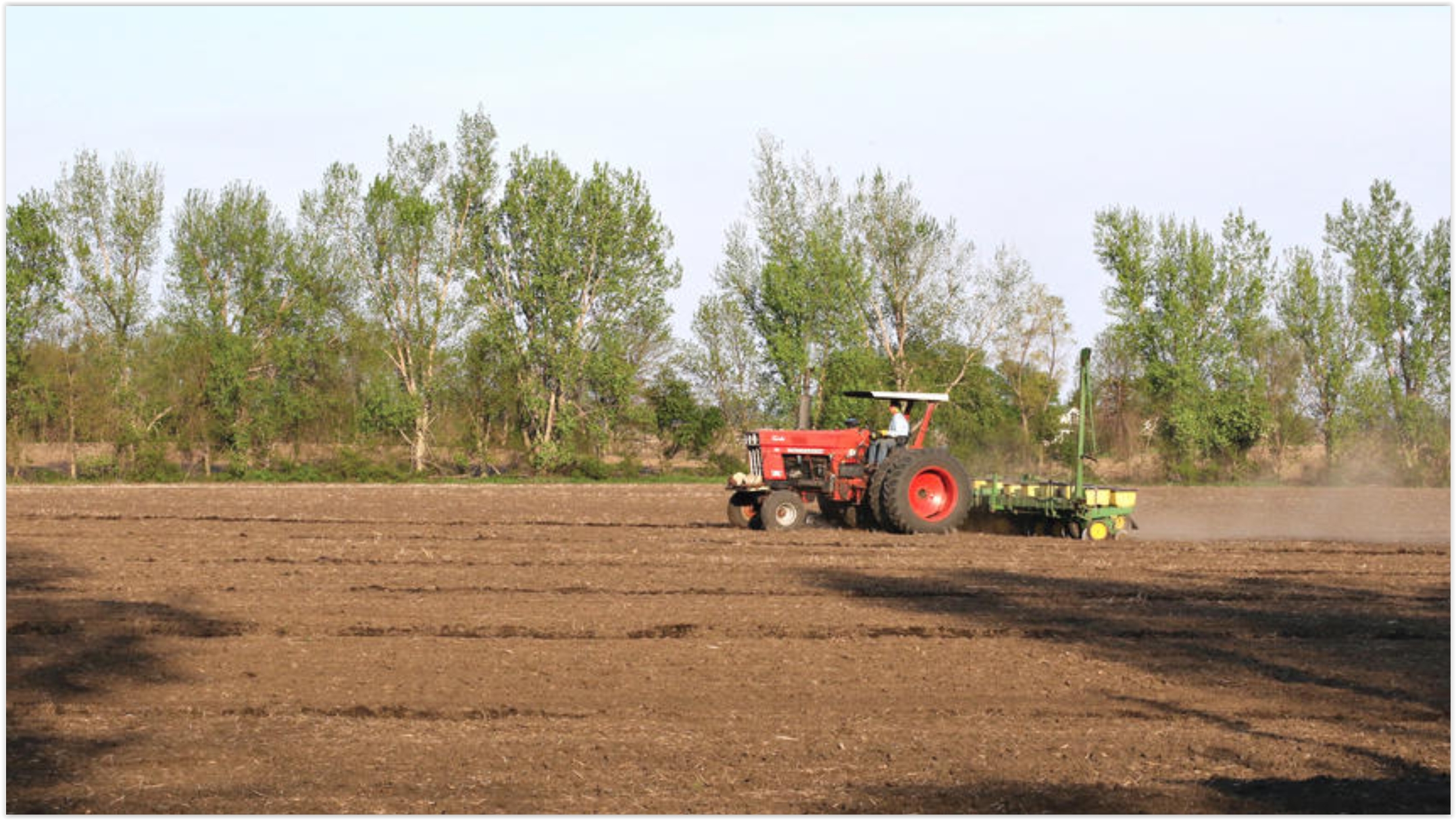 Rains Hamper Planting: Southwest Minnesota, Northwest Iowa Lag Behind Their State
Rains Hamper Planting: Southwest Minnesota, Northwest Iowa Lag Behind Their State. Following up on Kevin's comments above, here's the intro to a story at
The Worthington Daily Globe: "
Area
farmers grew accustomed to praying for timely rains during the past
several years. Now, they’re praying for sunshine and some wind to dry up
the fields so they can get their crops planted. The U.S.
Department of Agriculture’s National Agricultural Statistics Service
released its weekly crop progress report Monday afternoon, and it noted
that 89 percent of the state’s corn crop and 46 percent of its soybean
crop was planted. That’s not the case, however, in the southwest corner
of the state, where ponds are still visible in some fields and the
week’s weather forecast calls for chances of rain nearly every day..."
Photo credit above: "
A rural Rushmore farmer plants corn Sunday on ground, dry enough to work up and plant between rains." Tim Middagh/Daily Globe.
2016 Tornado Activity Remains Below Normal Despite Recent Outbreak. Here's an excerpt of a timely reality check from
WHNT.com in Huntsville, Alabama: "...
Despite the recent rash of tornadoes in parts of the country, tornado activity in 2016 is still below average. According to the Storm Prediction Center,
between 2005 and 2015, an average of 604 tornadoes occurred each year
through May 10. This year, 438 have occurred through May 10. The tornado
count through May 10 of this year is higher than it was through the
same date in 2015, 2014, 2013, 2010 and 2005. Six out of the past 11 years had higher numbers of tornadoes through May 10 than we've had in 2016."
That’s
not the case, however, in the southwest corner of the state, where
ponds are still visible in some fields and the week’s weather forecast
calls for chances of rain nearly every day.
Do Warm Waters Off the East Coast Imply an Increased Hurricane Threat? Here's the intro to an interesting post at
Capital Weather Gang: "
The
start of the 2016 Atlantic hurricane season is just three weeks away,
and initial seasonal hurricane predictions have ranged from near-average
(by Colorado State University, Tropical Storm Risk and several private
groups) to above-average (by AccuWeather and the Weather Company)
activity. Some meteorologists are pointing to warmer-than-normal sea
surface temperatures (SSTs) near the East Coast to advertise an
increased hurricane threat to the U.S. coastline. Our analysis does not
support this argument. We actually find the risk of landfalling
hurricanes is highest when temperatures near the East Coast are cooler..."
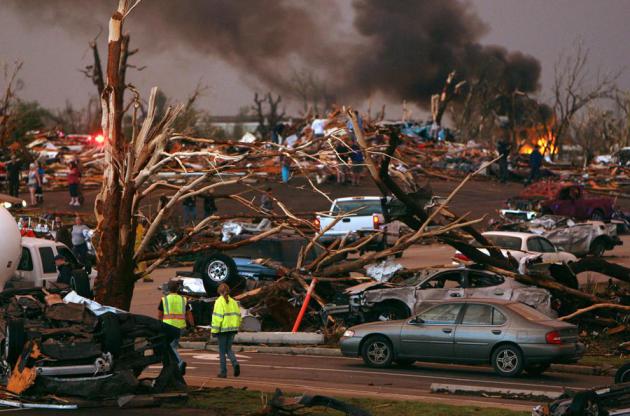
Tornado Approaching? Ditch the Bathtub for a Ditch. This, according to storm chasing and tornado research pioneer Warren Faidley, interviewed at Yahoo News: "If you think you should hide in a bathtub when a tornado approaches,
think again. With tornado season at its height, storm chaser Warren
Faidley shared survival tips with INSIDE EDITION -- and using a bathtub
for shelter isn't one of them. "It's a bad idea," he said. While bathtubs were once made of cast iron, today they're too flimsy to be any help in a storm, he explained..."
Behind The Scenes of "Twister". Thanks to Dan Holiday at
Tornado Talk
for a recent interview focused on my experience producing special
effects for the movie "Twister". I can't believe it's been 20 years.
John Oliver's Rant About Science Reporting Should Be Taken Seriously. It's well worth 20 minutes of your time, as explained at
Ars Technica: "...
Science
is a process that gradually builds accurate pictures of the natural
world. It's not always reliable in its details, but the more general
conclusions produced by science are usually pretty accurate. By
constantly focusing on the details, it's easy to get the impression that
anything goes—this month's conclusions are likely to be overturned in a
few weeks. But for many topics—evolution, vaccine safety, climate
change—the evidence is comprehensive and extremely internally
consistent. If we want people to accept those conclusions, we can't be
feeding them a constant stream of stories that indicate the process that
brought us to them produces unreliable nonsense. Unfortunately, we
continue to do exactly that."
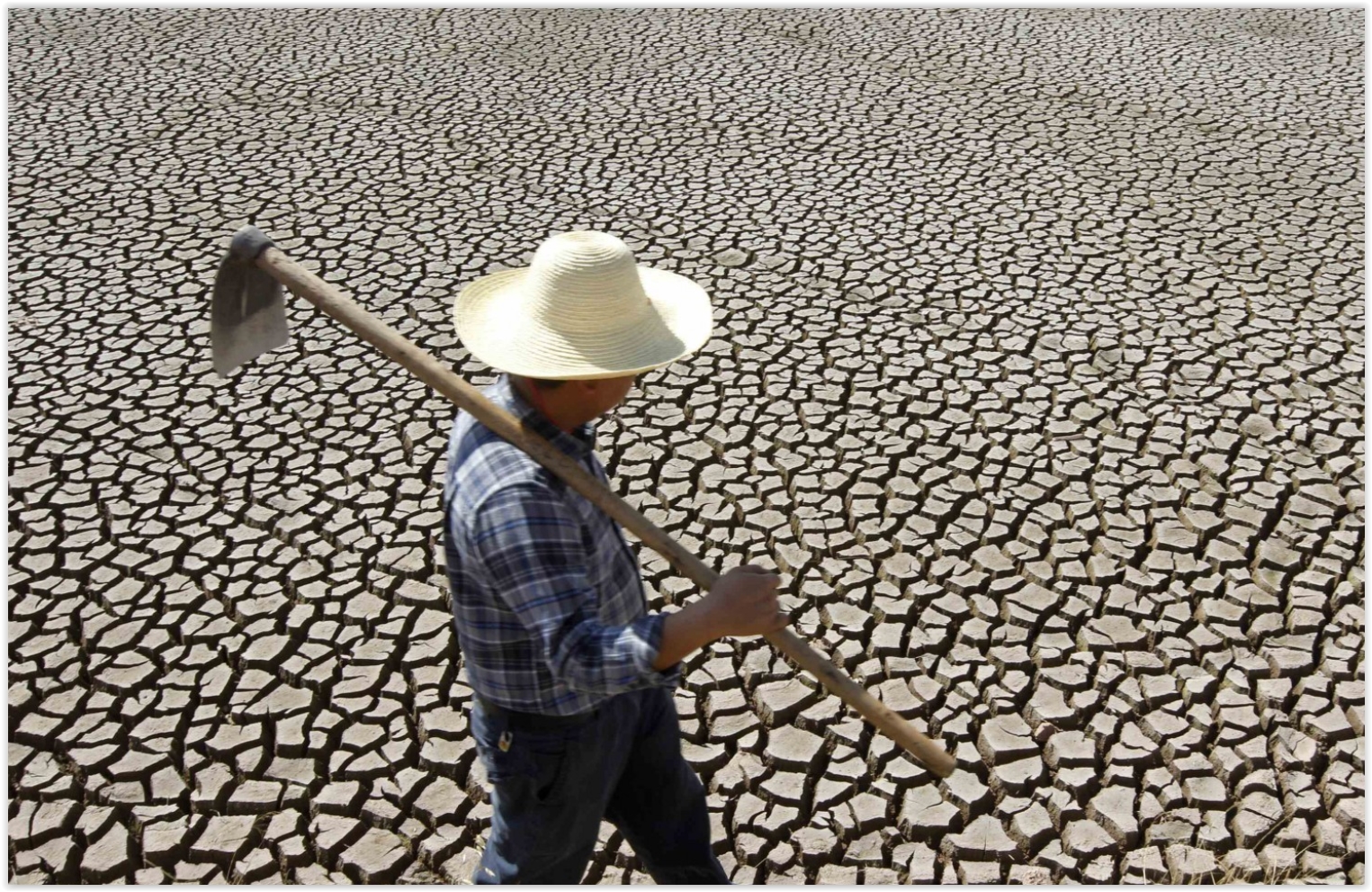 The Growing Stress on the World's Water
The Growing Stress on the World's Water. Here's the intro to an Op-Ed from the Editorial Board at
The Washington Post: "
THE WORLD Bank has warned
countries that one of climate change’s most significant impacts will be
on a precious resource that many people, particularly in advanced
nations, take for granted: water. The concerns go far beyond sea-level
rise, which is perhaps the most predictable result of the planet’s
increasing temperature, or an uptick in extreme weather. Countries must
worry about whether their people will have enough fresh water to farm,
produce electricity, bathe and drink. Global warming will not change the
amount of water in the world, but it will affect water’s distribution
across countries, making some much worse off..."
Photo credit above: "
A farmer carrying a hoe walks past a dried-up pond in Shilin Yi Autonomous County of Kunming, Yunnan province February 28, 2013." (STRINGER/CHINA/REUTERS)
Air Pollution in India is So Bad That It Kills Half a Million People Every Year. The Washington Post reports; here's the intro: "
A
new paper has added to the growing body of research indicating that
India’s air pollution has become a matter of life and death. The study,
published this week in the journal Geophysical Research Letters,
suggests that outdoor air pollution in the country is contributing to
more than half a million premature deaths each year at the cost of
hundreds of billions of dollars.
The deadly power of air pollution is no new finding. Numerous studies
have concluded that both outdoor and indoor pollution can cause a
variety of serious diseases, including ischemic heart disease, chronic
pulmonary obstructive disease, increased risk of stroke and even lung
cancer..."
Photo credit above: "An
Indian national flag flies as a thick layer of smog envelops the city
skyline after Diwali festival, in New Delhi, India. New Delhi is
imposing new rules to reduce its notoriously snarled traffic and fight
extreme air pollution that has earned India’s capital the title of
world’s most polluted city." (AP Photo/Altaf Qadri, File)
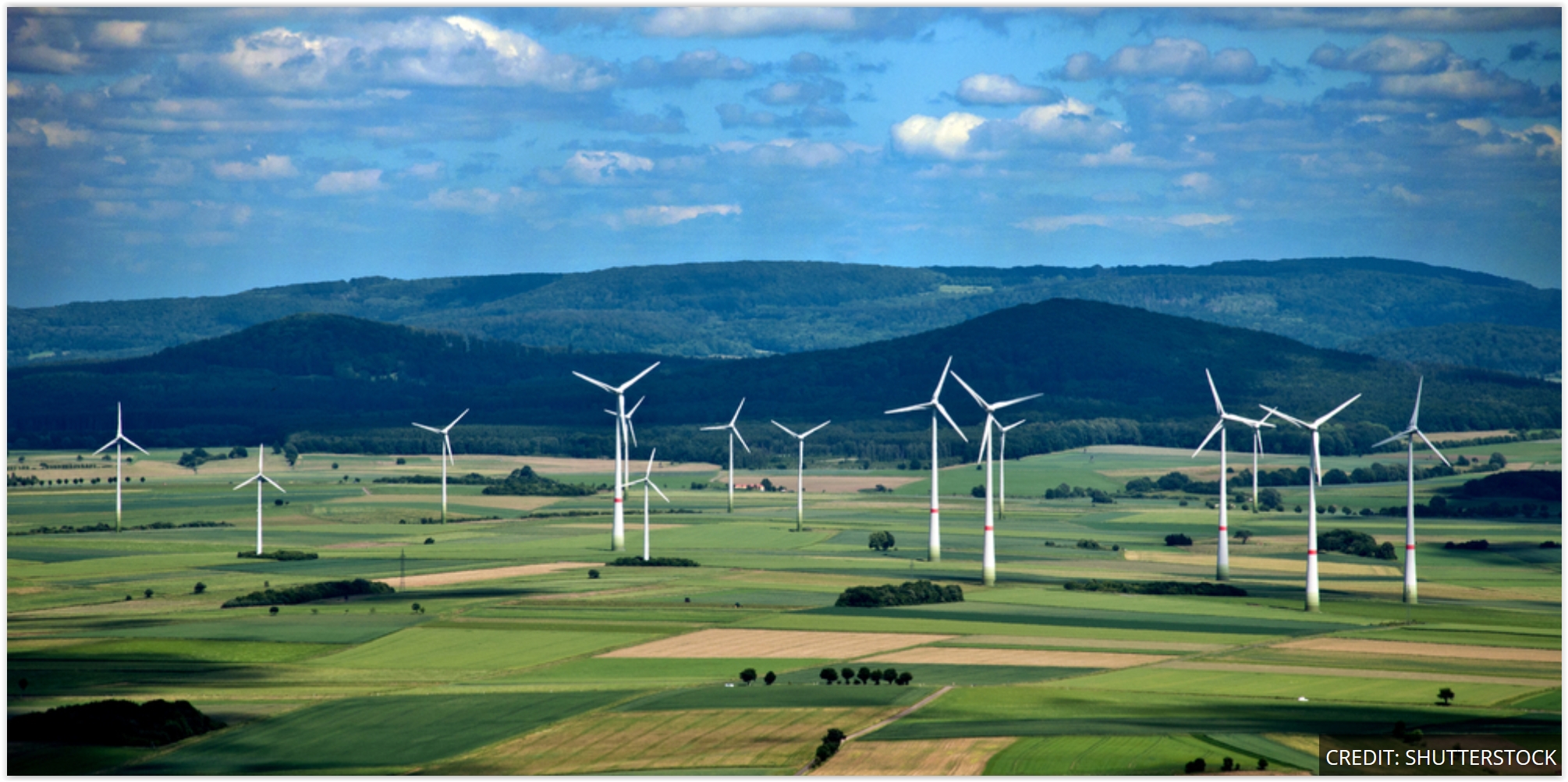 The 4th Largest Economy in the World Just Generated 90% of the Power It Needs from Renewables
The 4th Largest Economy in the World Just Generated 90% of the Power It Needs from Renewables. Here's a clip from
ThinkProgress: "
On
Sunday, for a brief, shining moment, renewable power output in Germany
reached 90 percent of the country’s total electricity demand. That’s a
big deal. On May 8th, at 11 a.m. local time, the total output of German
solar, wind, hydropower, and biomass reached 55 gigawatts (GW), just
short of the 58 GW consumed by every light bulb, washing machine, water
heater and personal computer humming away on Sunday morning. See the
graph below, courtesy Agora Energiewende, a German clean energy think tank..." (Photo credit: Shutterstock).
Denmark Is Kicking Its Fossil Fuel Habit. Can The Rest of the World Follow? InsideClimate News takes a look at how Denmark is weaning itself off dirty fossil fuels: "
In
the 1970s, Denmark was addicted to oil, burning petroleum not only to
power its cars but also to generate electricity. Forty years later, the
country is rapidly gaining on a mid-century goal of being fossil
fuel-free, thanks partly to a policy that gives Danish citizens the
legal right to own a stake in wind farms. More than 40 percent of the
country is now powered by wind, up from less than a quarter a few years
ago, and compared to only 5 percent in the United States..."
Are You The Family Tech Support.
Increasingly it's our kids (and grandkids) who are helping us manage
our digital appliances, but that doesn't come without new sources of
stress and irritation, reports the Wall Street Journal, which adds: "...Talk
through what needs to be done and ditch technical terms, Mr. Meister
says. Use analogies instead. When explaining what an antivirus program
can do, he often equates it to a raincoat. It will keep you dry in the
rain but it can only go so far; you’ll still get wet if you jump into a
lake. When recommending a new device, look for the simplest option. If a
parent wants to use a laptop only for email and social media, perhaps a
tablet would suffice. Ask for the make and model of whatever they get,
Mr. Meister says, so you can access a support page or an instruction
manual remotely, if necessary..."

 TODAY
TODAY: Partly sunny, breezy - almost pleasant. Winds: W 10-20. High: 64
THURSDAY NIGHT: Partly cloudy. Low: 46
FRIDAY: Blustery, passing showers likely. Winds: NW 15-25. High: 56
SATURDAY: Mostly cloudy and brisk for Minnesota Fishing Opener. Winds: NW 10-20. Wake-up: 36. High: 51
SUNDAY: Light frost greater MN. More sun, less wind. Better. Winds: NW 10-15. Wake-up: 36. High: near 60
MONDAY: Fading sun, showers arrive late. Winds: S 7-12. Wake-up: 42. High: 63
TUESDAY: Showery rains - nothing severe. Winds: NE 10-15. Wake-up: 47. High: 61
WEDNESDAY: Mix of clouds and sun. Winds: NE 7-12. Wake-up: 49. High: 63
Climate Stories...
Global Warming Cited as Wildfires Increase in Fragile Boreal Forest. Justin Gillis and Henry Fountain have the story at
The New York Times; here's the introduction: "
Scientists have been warning
for decades that climate change is a threat to the immense tracts of
forest that ring the Northern Hemisphere, with rising temperatures,
drying trees and earlier melting of snow contributing to a growing
number of wildfires. The near-destruction of a Canadian city last week
by a fire that sent almost 90,000 people fleeing for their lives is grim
proof that the threat to these vast stands of spruce and other resinous
trees, collectively known as the boreal forest, is real. And scientists
say a large-scale loss of the forest could have profound consequences
for efforts to limit the damage from climate change..."
Photo credit: "Charred
trees near Fort McMurray, in Alberta, Canada. Climate change is a prime
suspect in a rise of wildfires in the boreal forest." Credit Ian Willms for The New York Times.
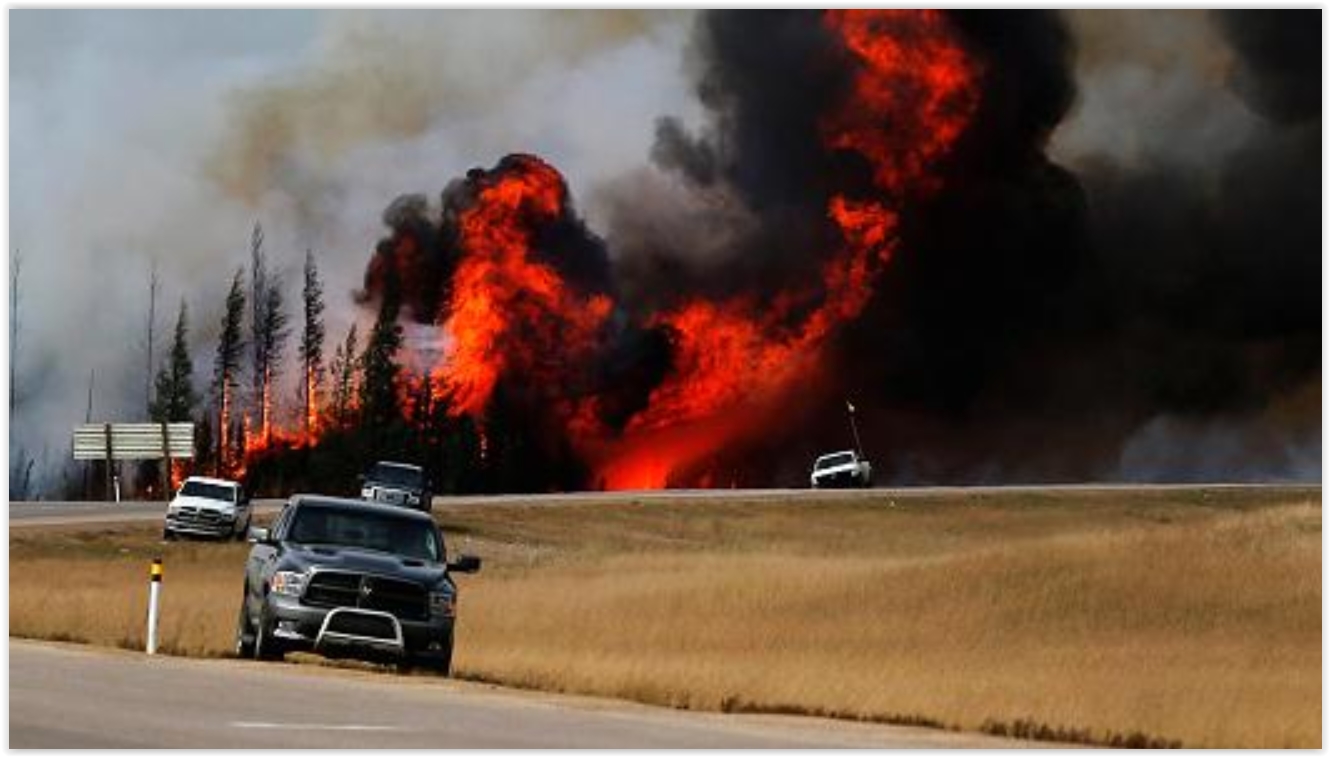 New Era of "Superfires" as Climate Change Triggers Hotter, Drier Weather.
New Era of "Superfires" as Climate Change Triggers Hotter, Drier Weather. Are we loading the dice in favor of more Fort McMurrays? Here's an excerpt from
CNBC: "...
Meanwhile,
climate change has already led to U.S. fire seasons that are now on
average 78 days longer than in 1970, according to a report on the rising
cost of wildfire operations from the U.S. government last year. The six
worst fire seasons since 1960 have all occurred since 2000, according
to the U.S. report. Since 2000, many Western states have experienced the
largest wildfires in their state's history. And literally adding fuel
to the fire, more development has been taking place near U.S. forests
over the years..."
Photo credit: Mark Blinch | Reuters. "
Smoke and flames from the wildfires erupt behind cars on the highway near Fort McMurray, Alberta, Canada, May 7, 2016."
It's Not Just Alberta: Warrming Fueled Fires Are Increasing. Here's an excerpt from
AP: "...
But
the temperature one stands out, Flannigan said. "The Alberta wildfires
are an excellent example of what we're seeing more and more of: warming
means snow melts earlier, soils and vegetation dries out earlier, and
the fire season starts earlier. It's a train wreck," University of
Arizona climate scientist Jonathan Overpeck wrote in an email.
Worldwide, the length of Earth's fire season increased nearly 19 percent
from 1979 to 2013, according to a study by Mark Cochrane, a professor
of fire ecology at South Dakota State University. Fires had steadily
been increasing, but then in the late 1990s and early 2000s, "we've
suddenly been hit with lots of these large fires we can't control,"
Cochrane said..." (File photo: EPA).
Talking About Wildfires and Climate Change Isn't Playing Politics.
Huffington Post reports.
Extreme Weather is "Face of Climate Change" Says Premier Wynne. Here's the intro to a story at
National Observer: "
The
premiers of Ontario and British Columbia have both linked the Fort
McMurray wildfire with global warming, while defending the importance of
Canada's oil and gas industry. In separate interviews that were
broadcast over the weekend, Ontario Premier Kathleen Wynne and British
Columbia Premier Christy Clark said it's time to talk about the climate
change problem and find solutions. "I think there are a lot of factors
in this situation and we are very, very sad and we think of the people
of Alberta," Wynne said during a French-language interview with Radio-Canada's weekly political show, Les Coulisses du Pouvoir..." (Image credit:
CBC Edmonton).
Obama Seeks Building Code Changes Amid More Extreme Weather. A tornado-proof, hurricane-proof, fire-resistant building; is that even possible? Here's an excerpt from
Bloomberg Politics: "
President
Barack Obama is asking the private sector to tighten building standards
to reduce losses from natural disasters after studies linked an
increase in extreme weather to climate change. The administration will
announce Tuesday the start of work by the organizations that set
standards for residential and commercial buildings in an effort to
improve safety during and after events such as fires, floods and
earthquakes. “We’re building for 50 to 100 years and if we don’t take
into account what is to come, our investments are at risk of being
washed away,” Alice Hill, White House National Security Council senior
director for resilience, said in an interview..."
Exxon's Lawyer in Climate Science Probe Has History Helping Big Tobacco and NFL Defend Against Health Claims. Here's the intro to a story at
DeSmogBlog: "
Ted Wells, an attorney hired by ExxonMobil
to represent the company against accusations it lied about the climate
risks of burning fossil fuels, also represented the tobacco industry in
the lawsuit brought by the U.S. Department of Justice in 1999 under the Racketeer Influenced and Corrupt Organizations (RICO) Act, DeSmog has found. Wells also defended the National Football League (NFL) in the infamous “Deflategate” matter as well as in litigation over the far more serious issue of concussions..."
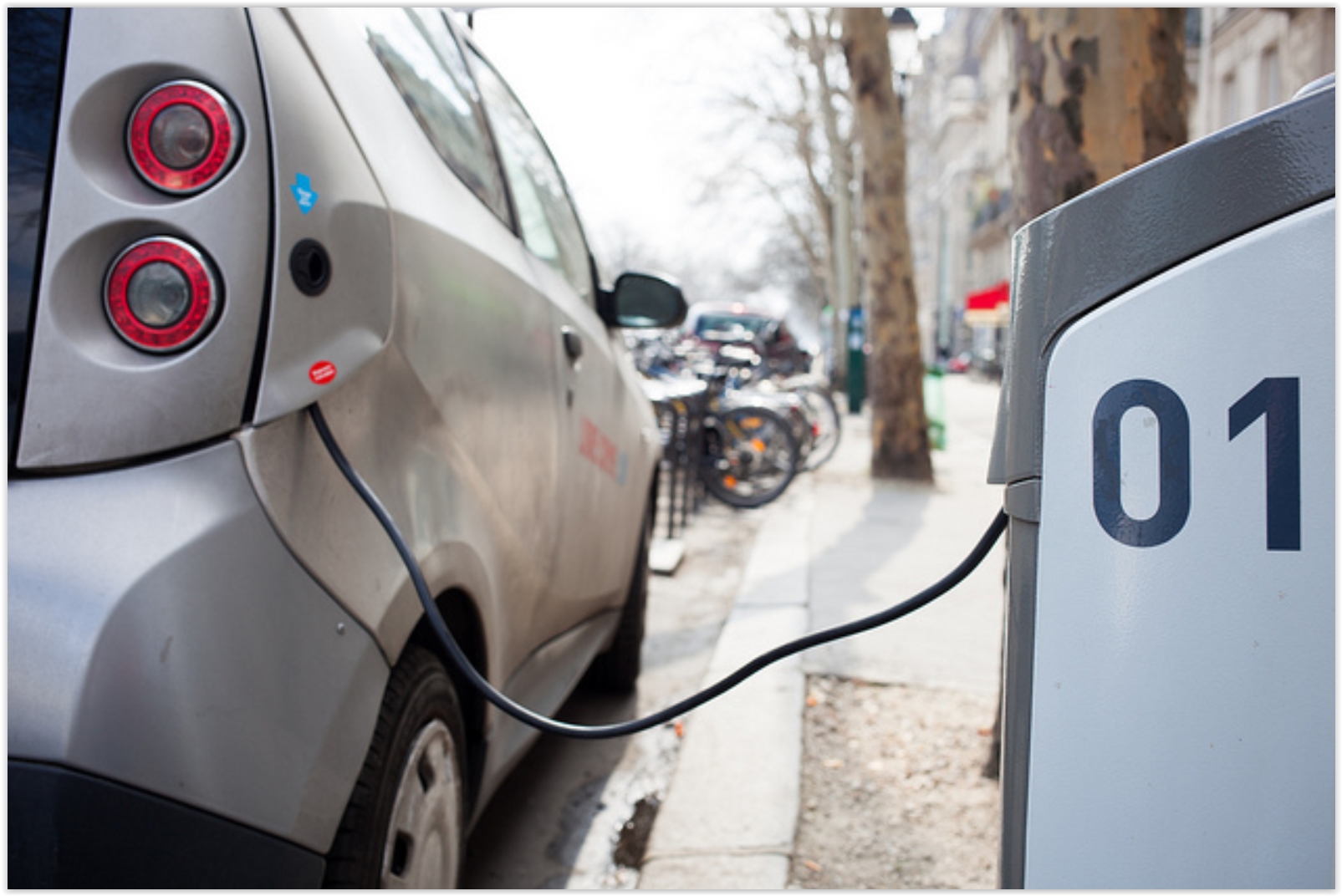 How Technology Is Fighting Climate Change
How Technology Is Fighting Climate Change. Here's the intro to a story at
Triple Pundit: "
The
National Oceanic and Atmospheric Administration, European Environment
Agency, Japan Meteorological Agency, and the scientific community at
large all agree: Climate change is real and predominately the result of
human activities. Of course, the silver lining to this dark cloud is
that if climate change is the result of human activity, then there
exists the possibility of a human solution. Here are some ways that
technology may help us fight climate change..."
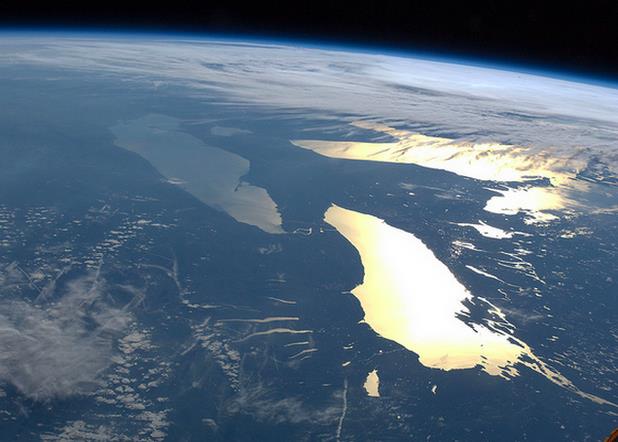 Global Warming and the Great Lakes.
Global Warming and the Great Lakes. Here's an excerpt of an interview at
Yale Climate Connections: "...
Under
this particular climate scenario that we’ve experienced over the past
200 years, we can manage the water levels fairly well. But if it goes
into either very high flows or very low flows, we won’t be able to
manage it at all.” For example, with too much water in the system it
will be impossible to release enough to prevent flooding. And with too
little, there will not be enough for shipping..." (Photo credit: NASA).
8 Governors Have Chance to Protect Great Lakes Water.
The Chicago Sun Times reports.
New York Plans To Make Fighting Climate Change Good Business. Becoming more resilient in the face of a more volatile climate is an opportunity, as outlined in
The New York Times: "
A
governor wants to lead on green energy. The state’s utilities are
nervously falling in line. Young entrepreneurs are buzzing, determined
to be part of the generation that finally solves climate change.
To most ears, that might sound like California, where all those things
and more are happening. But it also describes New York. New York? The
state may not leap to mind as being in the vanguard of the green
economy. But under Gov. Andrew Cuomo,
the most populous state in the Northeast is in a close race with its
counterpart in the West in setting ambitious climate goals. And in some
ways, New York may be on the verge of pulling ahead of California..."
In Novel Tactic on Climate Change, Citizens Sue Their Governments. Proving that, once again, the lawyers will do just fine. Here's an excerpt from an explanation at
The New York Times: "...
Last
month, a federal magistrate judge in Oregon startled many legal experts
by allowing the lawsuit filed on behalf of 21 teenagers and children to
go forward, despite motions
from the Obama administration and fossil fuel companies to dismiss it;
the suit would force the government to take more aggressive action
against climate change. The ruling by the magistrate judge, Thomas M.
Coffin, now goes to Federal District Court to be accepted or rejected.
Michael B. Gerrard, the director of the Sabin Center for Climate Change Law
at Columbia Law School, called the ruling a potential landmark. “It is
the first time a federal court has suggested that government may have a
constitutional duty to combat climate change, and that individuals can
sue to enforce that right,” he said..."
Photo credit above: "
Sarah
Lorraine Thomson, a law student at the University of Waikato, has filed
a lawsuit against New Zealand’s climate change minister." Credit Mike Scott/Waikato Times, via Fairfax Media NZ.
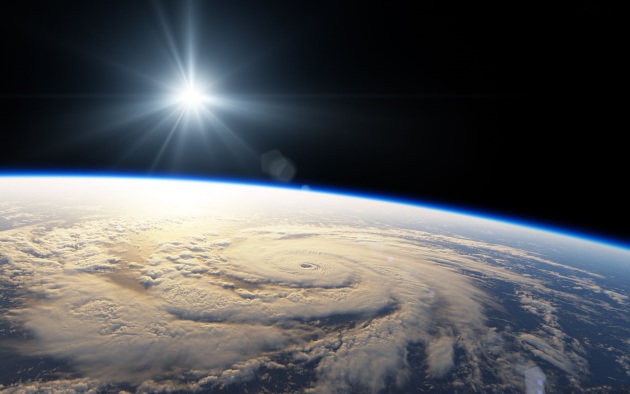

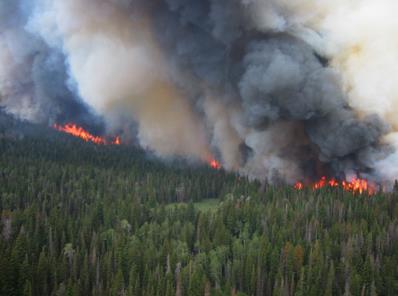



No comments:
Post a Comment